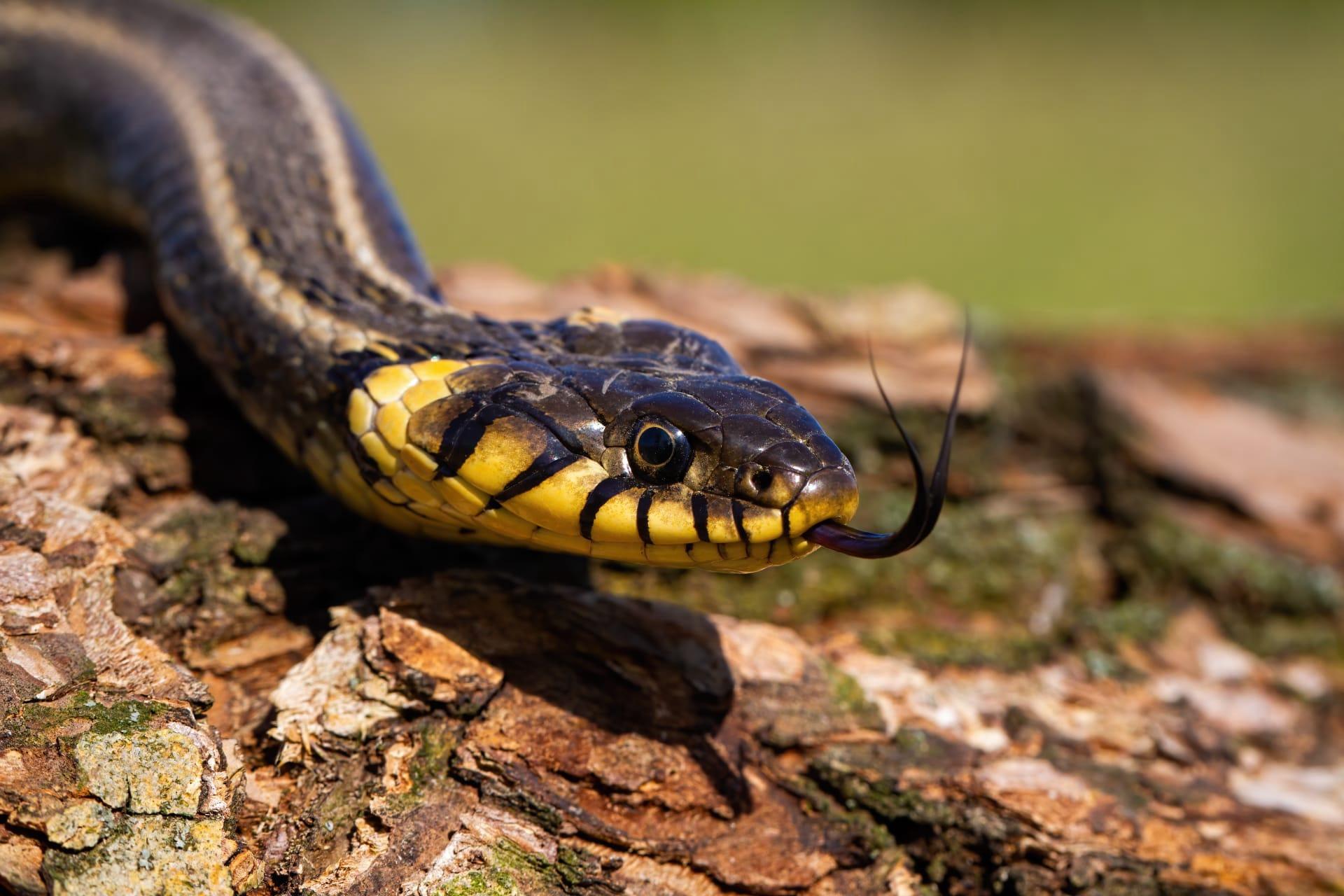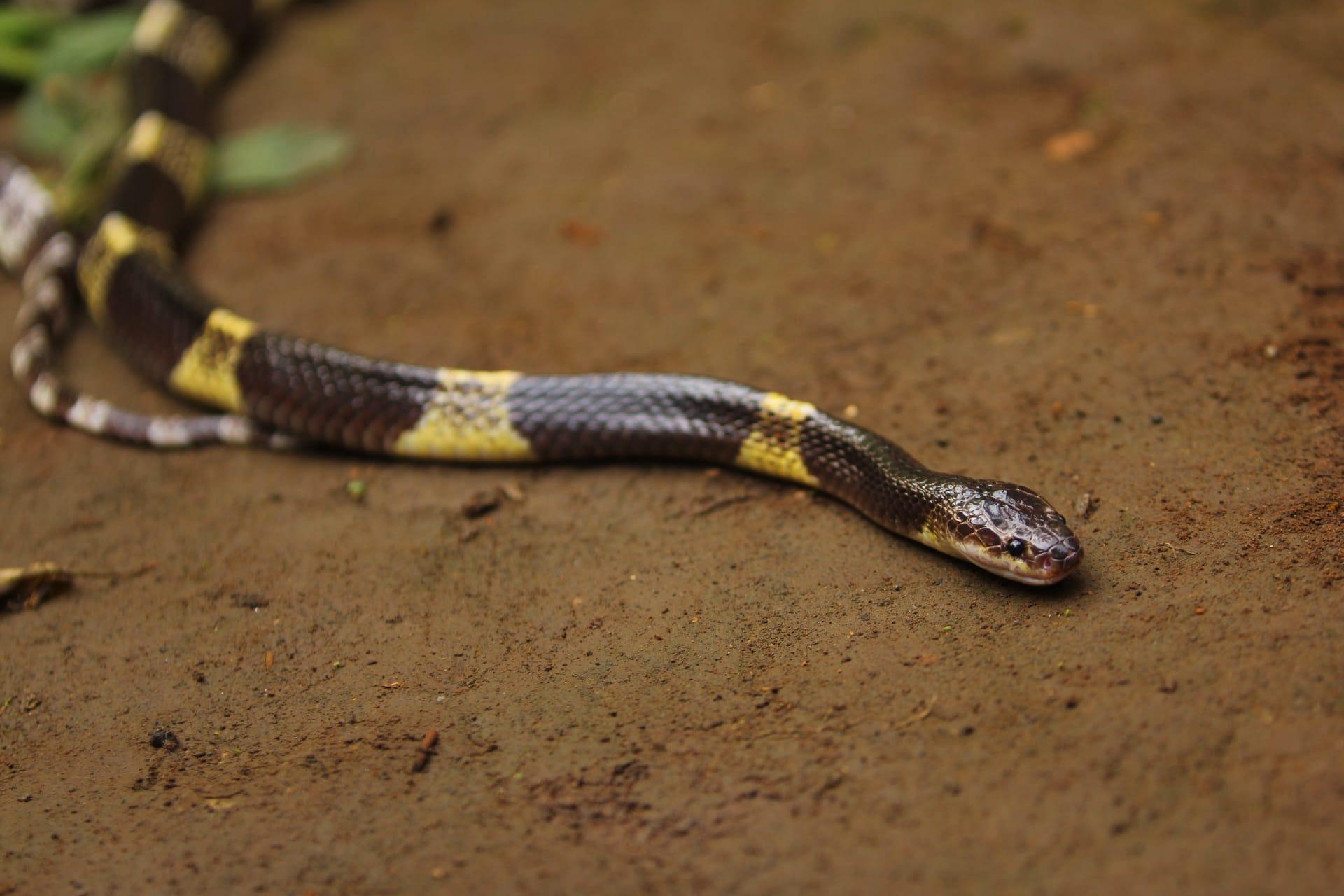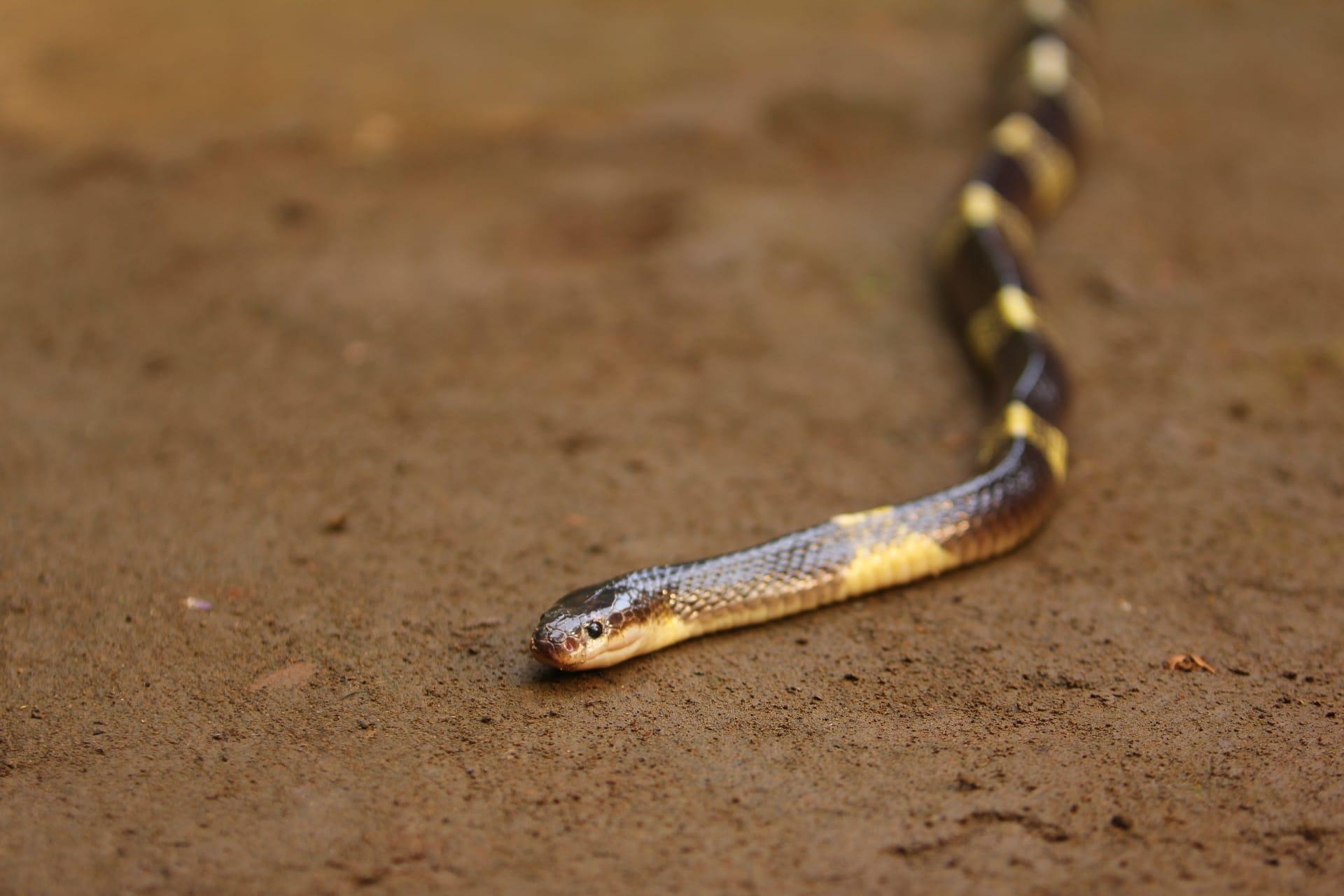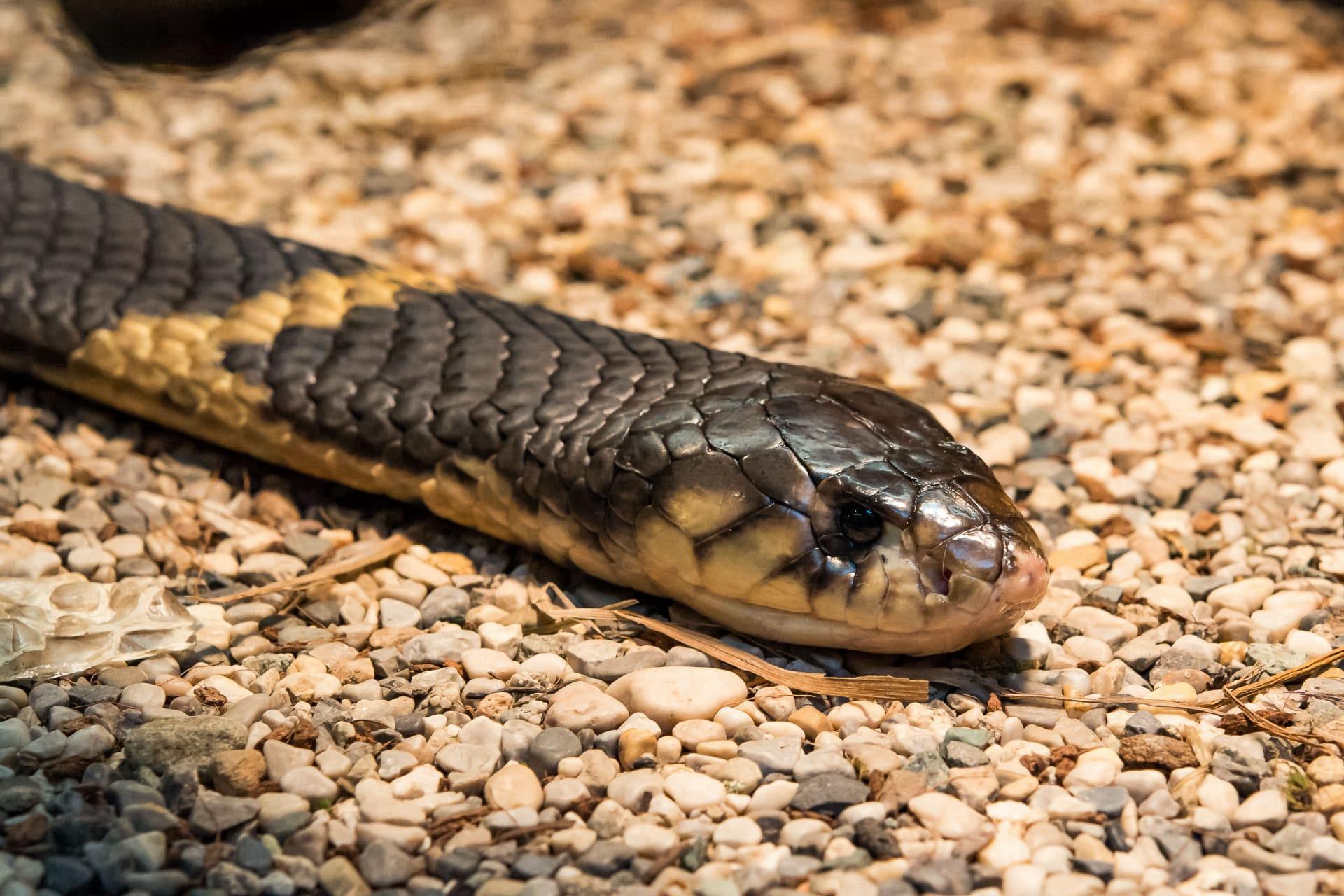1
Australian elapids, a group of venomous snakes, are known for their potent neurotoxic venom. One standout species is the Inland Taipan, holding the title for the most venomous snake globally. A single bite from this snake can contain enough venom to kill 100 adult humans, translating to over 200,000 mice. The venom is so lethal that it can cause death in as little as 45 minutes. Despite its fearsome reputation, the Inland Taipan is naturally shy and reclusive, preferring to avoid human contact.
The Coastal Taipan, another Australian elapid, has the longest fang length among Australian snakes, measuring up to 13 millimeters. This significant fang length enables the snake to inject its potent venom deeply into its prey. Interestingly, the Coastal Taipan is capable of delivering multiple bites in a single attack, each loaded with venom. It’s primarily found in coastal regions and adjacent inland areas in northern and eastern Australia.

2
Australian elapids exhibit a fascinating adaptation called venom metering. This means they can control the amount of venom they inject based on the perceived threat level. For example, when defending against a predator, they may deliver a full dose, but when hunting smaller prey, they might use just enough venom to immobilize it, conserving their resources. This ability indicates a high level of control and intelligence in their hunting and self-defense strategies.
Another intriguing fact about these snakes is their role in medical research. Venom from Australian elapids, particularly the Death Adder, has been used in developing antivenoms and medications. Research has shown that components of their venom can be used to treat blood clots and neurological disorders, showcasing their contribution beyond their ecological niche.

3
The Eastern Brown Snake, part of the Australian elapids family, is known for its speed and agility. It can reach speeds of up to 12 miles per hour (19 kilometers per hour), making it one of the fastest-moving snakes in the world. This speed, coupled with its highly venomous bite, makes it a formidable predator in its habitat.
Australian elapids have a unique method of reproduction. Unlike many other snake species, some elapids, like the King Brown Snake, give birth to live young instead of laying eggs. This viviparity allows the mother to regulate the temperature of her developing young, a crucial factor for survival in Australia's varied climates. King Brown Snakes can give birth to up to 20 young at a time, each around 30 centimeters long.

4
One of the lesser-known facts about Australian elapids is their varied diet. The Red-bellied Black Snake, for instance, has a diet that includes not only small mammals and birds but also other snakes, including those of its own species. This cannibalistic behavior is relatively rare among snakes but serves as a testament to the adaptability and survival skills of these elapids in diverse environments.
The Tiger Snake, another member of the Australian elapids, showcases significant regional variation in color and pattern. In Tasmania, for example, these snakes often have banded patterns resembling a tiger's stripes, while on the mainland, they may exhibit a more uniform color. This variation helps them blend into different environments, from the wetlands of Tasmania to the arid regions of the mainland.

5
Australian elapids are not just ground dwellers; some species like the Green Tree Snake are adept climbers. These snakes can be found scaling trees in search of prey, demonstrating their versatility and adaptability. The Green Tree Snake lacks venom but compensates with its agile climbing skills and speed, hunting primarily birds and small mammals.
Lastly, the unique social behavior of some Australian elapids is quite fascinating. For instance, during mating season, male King Brown Snakes engage in ritual combat. These battles are not to the death but rather displays of strength and dominance to win over a female. The snakes intertwine and wrestle, trying to pin each other to the ground, a rare glimpse into the complex social interactions of these often misunderstood creatures.